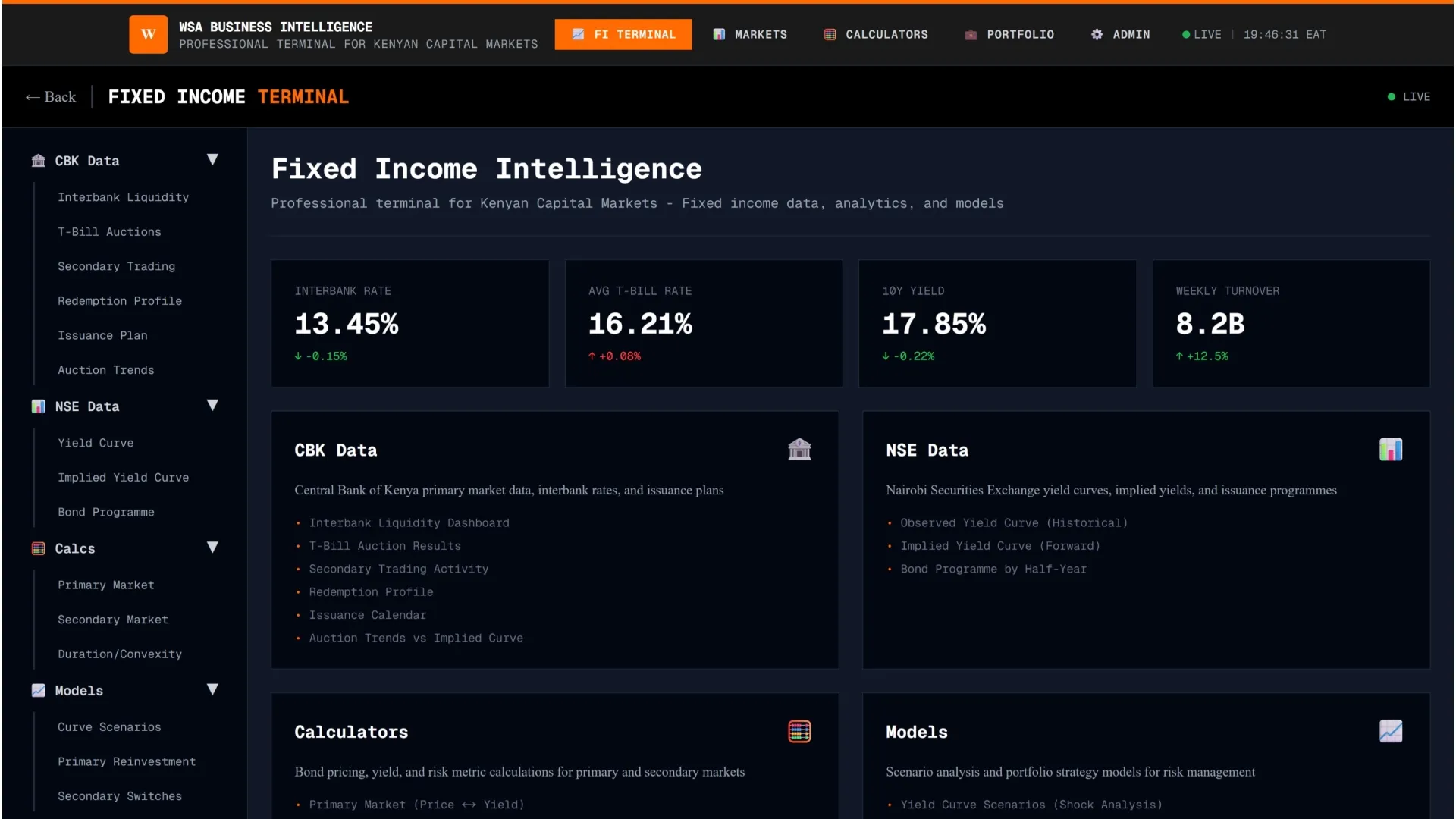Kenya’s private sector is increasingly reliant on foreign capital, but the latest 2024 Foreign Investment Survey (FIS) shows that this dependence is a double-edged sword.
- •While foreign loans and deposits provide much-needed financing for growth, they also expose the country to currency risks and debt vulnerabilities that could weigh heavily on the economy.
- •According to the survey, the stock of Private Sector External Debt (PSED) declined slightly from KShs 1.08 trillion in 2022 to KShs 1.06 trillion in 2023.
- •However, the composition and flow patterns reveal growing risks.
Outflows on external debt surged to KShs 424.7 billion in 2023, up from KShs 369.7 billion in the previous year. At the same time, inflows fell to KShs 339.4 billion, leaving the sector with a sharp rise in net outflows- KShs 85.4 billion in 2023 compared to KShs 11.4 billion in 2022.
This shift underscores how foreign borrowing can quickly become a liability when repayment obligations outpace new inflows, especially in an environment of global interest rate hikes and local currency weakness.
The FIS shows that loans and deposits remain the backbone of Kenya’s private sector debt profile. In 2023, Other Investment Liabilities- mainly loans, currency, and deposits- accounted for 25.46% of total foreign liabilities, even though loan liabilities fell by 13.19% to KShs 461.7 billion. This heavy reliance on foreign-denominated debt instruments means that local firms, including commercial banks, are exposed to fluctuations in the US Dollar and the Euro.
With the Kenyan Shilling depreciating against major currencies in 2023, repayment burdens escalated. Firms not only faced higher servicing costs but also the risk of squeezed profit margins, especially those in trade and manufacturing that rely on imported inputs.
The 2024 survey reveals that International Finance Institutions (IFIs) such as the African Development Bank, International Finance Corporation, and European Investment Bank are the largest creditors, accounting for 23.1% of PSED at the end of 2023.
Regionally, the Democratic Republic of Congo (14.5%), South Africa (8.2%), and Mauritius (4.9%) emerged as significant lenders, underscoring Kenya’s deepening financial ties within Africa. From outside the continent, the Netherlands (7.2%), the United States (6.7%), and China (2.6%) also featured prominently as sources of external debt. The mix of multilateral, regional, and bilateral creditors highlights both Kenya’s diversified financing base and its exposure to multiple external stakeholders.
The challenges facing Kenya’s private sector mirror wider global trends. The United Nations Conference on Trade and Development (UNCTAD) noted that global FDI inflows to Africa fell by 3% in 2023 as investors became more cautious amid tighter global financing conditions. With international interest rates remaining elevated through much of 2023, the cost of servicing external debt rose worldwide.
For Kenya, these conditions coincided with a weaker shilling, making dollar- and euro-denominated obligations even more expensive. The combination of higher outflows, reduced inflows, and currency depreciation created a squeeze for firms relying on foreign capital.
The FIS findings highlight the vulnerabilities of Kenya’s private sector in managing foreign debt. While foreign investment is vital for financing expansion, infrastructure, and trade, it also creates dependency risks. Sudden shifts in global liquidity or investor sentiment could worsen net outflows, putting strain on firms and the broader economy.
To mitigate these risks, experts argue that Kenya needs to deepen its local capital markets to reduce reliance on external borrowing. The development of hedging instruments to manage foreign exchange exposure is equally important, especially for firms heavily reliant on imports or foreign debt. Furthermore, maintaining macroeconomic stability and investor confidence is critical to ensure inflows remain steady enough to balance outflows.
The 2024 Foreign Investment Survey paints a clear picture- foreign investment is both a source of opportunity and a source of risk. On one hand, it provides critical funding for Kenyan enterprises, helping them expand regionally and globally. On the other, it heightens exposure to external shocks- currency swings, rising global interest rates, and shifts in investor sentiment.




